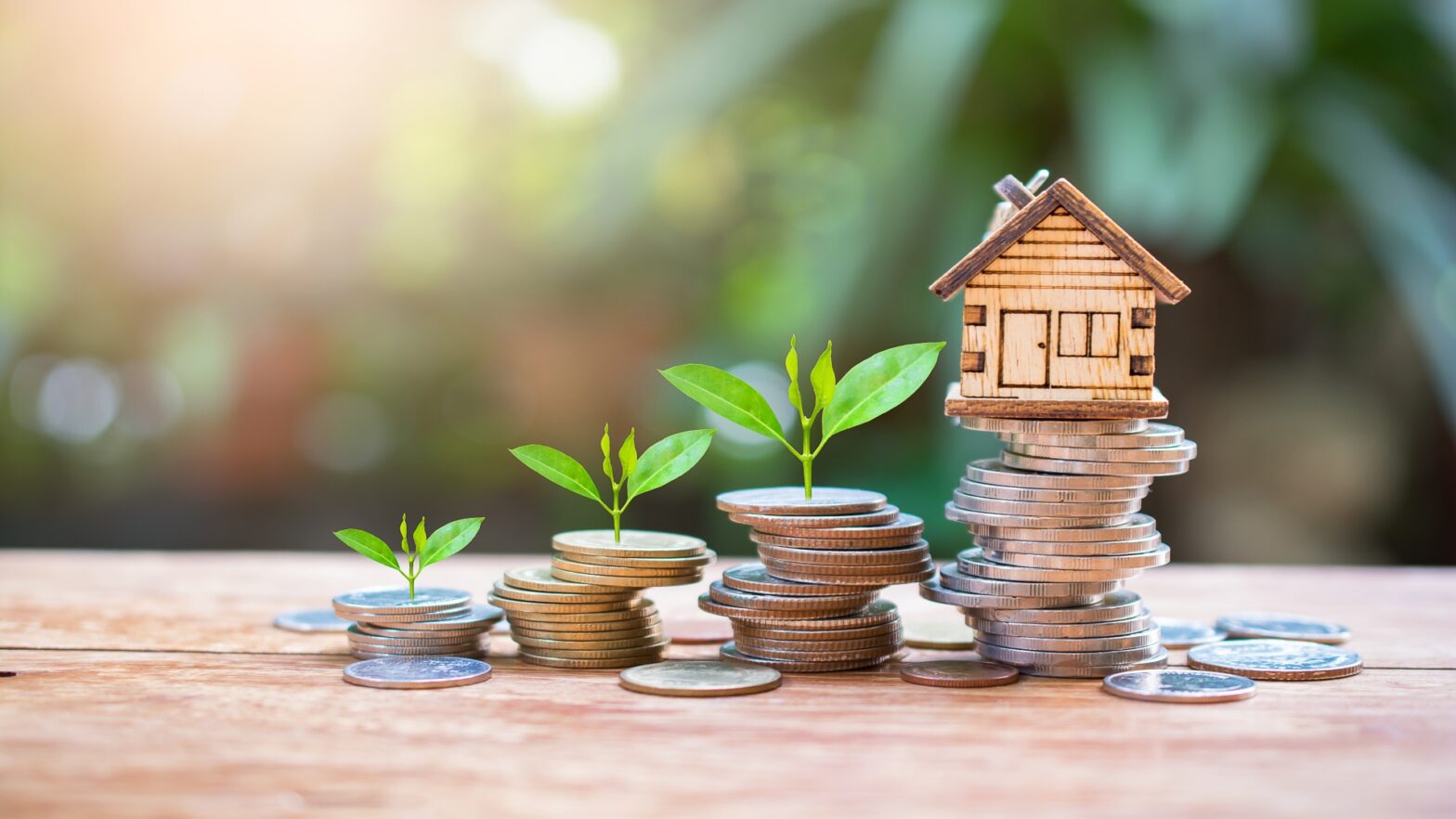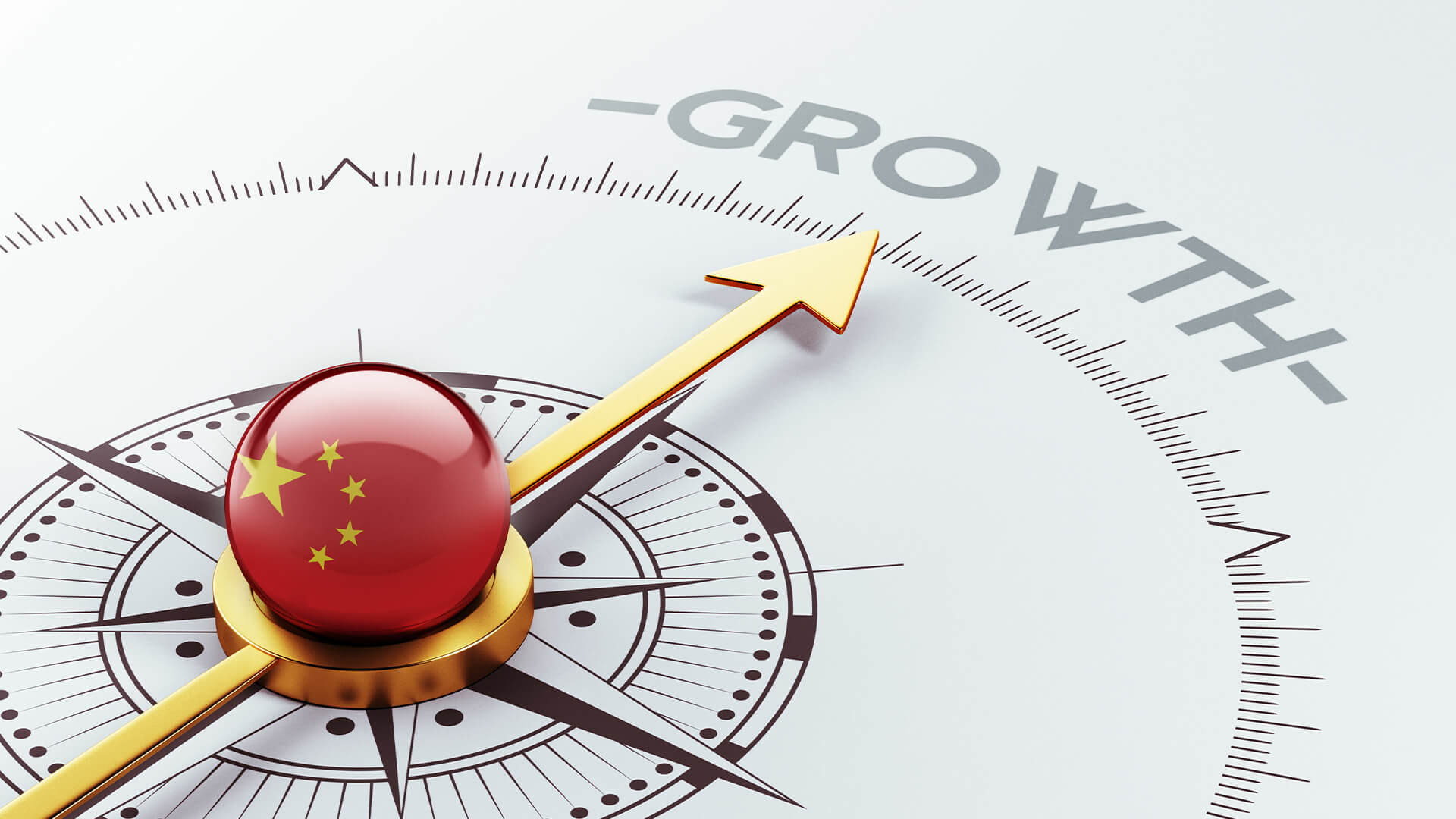By Carol Liao, China Economist at PIMCO
After a promising start to the year, China’s economy is now facing its worst disruption since the beginning of the pandemic.
Both the manufacturing and services Purchasing Managers’ Indices (PMI) in March fell below 50 points – the level that separates growth from contraction – for the first time since February 2020. Measures to contain COVID outbreaks concentrated in Shanghai, Shenzhen and Jilin have caused sharp declines in mobility and disruption to production, further hurting consumption and services.
Domestic logistics face friction caused by movement restrictions on truck drivers, and strict pandemic controls at major Chinese ports may exacerbate global supply chain woes as port congestion worsens worldwide.
With China unlikely to give up its zero-COVID stance, we expect another month of disruption in the mainland before the situation normalizes in May. Given significant headwinds to the nation’s economic growth in the first half of this year, we have revised down our baseline GDP forecast for 2022 to mid-4%, with a wider forecast range to account for heightened uncertainties in both the Chinese and global economy.
Pressure mounts on China’s ambitious 2022 GDP growth target
At the National People’s Congress (NPC) in early March – about a week before Shenzhen’s 17.5 million residents were placed in a week-long lockdown – Beijing had announced a growth target of “about 5.5%” for 2022, beating market expectations.
Although that figure would represent China’s lowest year-on-year GDP growth in more than three decades (with the exception of 2020), it faces challenges including global geopolitical and economic uncertainty, the ongoing pandemic, a troubled domestic housing market and lacklustre consumption.
Along with the target, Beijing also revealed a fiscal stimulus plan that surprised to the upside, with tax cuts and fiscal spending on infrastructure projects the main approaches to boost growth. In spite of the lowering of China’s deficit-to-GDP ratio to 2.8% for 2022 from 3.2% in 2021 (a decrease of more than 200 billion yuan), on-budget fiscal expenditure is expected to increase by more than 2 trillion yuan compared with last year, thanks to the significant fiscal carryover from 2021.
In addition, about 1.2 trillion yuan of local government special bond (LGSB)1 proceeds that were not used in 2021 could offer extra support to infrastructure spending this year, even as land sale revenue falls short.
Increased policy support to sustain economic and social stability
At the March NPC, Premier Li Keqiang’s Government Work Report emphasized Beijing’s shift of focus from tough structural reforms to economic stability – a particular priority given the political importance of October’s 20th Party Congress of the Communist Party of China and the government reshuffle.
A slew of economic and social development goals for 2022 were unveiled, such as creating more than 11 million new urban jobs and keeping Consumer Price Index (CPI) growth at around 3%. We expect the CPI to average around 2.5% this year, factoring in higher commodity prices due to the Russia-Ukraine crisis but weaker domestic consumption demand.
On the property market, the report reiterated that “housing is for living, not for speculation,” but also stated that the government will support reasonable housing demand, indicating a more balanced tone on property market policies.
With sustainable energy, China will be more flexible with its decarbonization target and take a more scientific approach to its energy structure transformation. This contrasts to the specific target of trimming energy intensity by 3% in 2021, which triggered disruptive power rationing.
We expect policy easing to accelerate in the near term. Fiscal policy has been in action with front-loaded LGSB issuance to support infrastructure and swift relief programs to help small and medium-sized enterprises that are struggling with the current COVID wave. The People’s Bank of China has stepped up credit supply, but aggregate credit growth remains constrained by weak demand, and thus we expect further sectoral regulatory policy relaxation, especially in the housing market, to lift demand. Interest rate and reserve requirement ratio (RRR) cuts are also likely to follow in 2Q 2022.
Impact on growth will depend on length of lockdowns
Our mid-4% China GDP forecast for 2022 takes into account the fiscal upside surprise, the better-than-expected economic performance in the first two months of this year, as well as the impact of the Omicron wave and the Russia-Ukraine crisis – and assumes that the current outbreak will get largely under control by May.
We think the impact on China’s exports could still be manageable if lockdowns are not synchronized across major ports and domestic production remains intact. When Shenzhen’s Yantian port suspended operations for weeks in May and June last year, for example, large quantities of cargo were diverted to ports in other areas, thereby keeping summer exports strong at nearly 30% year-on-year.
Overall, we think the length of disruption will be key. China will likely prevent a large-scale synchronized lockdown across the country and we expect further outbreaks to face the same strict – but short – lockdown as Shenzhen, rather than Shanghai’s unsuccessful attempt at phased lockdowns. China’s flexible labor market and domestic supply chain could help mitigate the impact on production if disruptions are temporary. However, the longer local lockdowns last, the harder it will be for factories to make up losses.




























